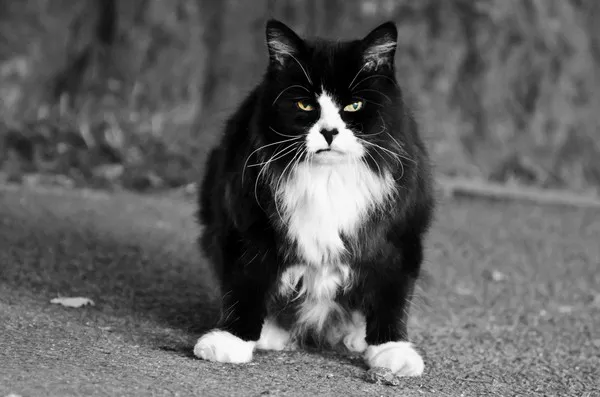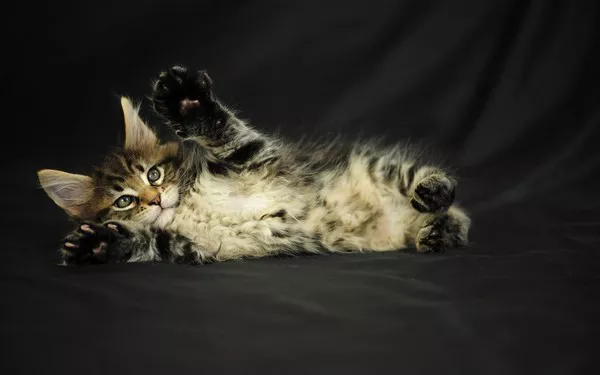Introduction:
The Abyssinian cat is an enchanting and captivating breed with a rich history that spans centuries. Known for its distinctive ticked coat and playful nature, the origins of the Abyssinian cat have been a topic of fascination and speculation among cat enthusiasts. In this article, we will delve into the mysterious origins of Abyssinian cats, exploring their possible ancestral roots and the various theories surrounding their origins.
Ancient Roots and Egyptian Connection:
One prevailing theory suggests that the Abyssinian cat has ancient roots tracing back to the time of the ancient Egyptians. It is believed that the breed’s ancestors might have been worshipped and revered in Egypt as sacred cats. Historical evidence, such as depictions of cats resembling the Abyssinian in ancient Egyptian art and artifacts, supports this hypothesis. The resemblance between the Abyssinian and the depictions of cats from ancient Egypt has led to the romantic notion that these cats are direct descendants of the revered felines of the pharaohs.
Ethiopian Connection:
Another theory proposes that the Abyssinian cat originated in Ethiopia, a country in East Africa. According to this theory, the cats were named after the Abyssinian region (now known as Ethiopia), which is believed to be their place of origin. Some accounts suggest that British soldiers brought Abyssinian cats back from Ethiopia during the British military campaign in the mid-19th century, sparking interest in the breed in Europe.
Indian Ocean and Southeast Asian Influence:
Another theory speculates that Abyssinian cats might have originated from regions influenced by the Indian Ocean trade routes. It is believed that these cats might have been brought to Europe via trade ships that sailed between India, Southeast Asia, and Africa. The ticked coat pattern found in Abyssinians is similar to that of cats from regions such as Burma and Sri Lanka, further supporting this theory. This suggests a possible influence from cats in these areas during the breed’s development.
The Modern Abyssinian Cat:
Regardless of their precise origins, Abyssinian cats as we know them today started gaining popularity in the late 19th century in Europe. The breed was first formally recognized in England in the late 19th century and later in the United States in the early 20th century. Since then, Abyssinians have become cherished and sought-after companions, known for their affectionate nature, intelligent demeanor, and striking appearance.
Conclusion:
The true origins of Abyssinian cats may forever remain shrouded in mystery and speculation. While theories abound about their ancestral roots, it is undeniable that these cats have a captivating and ancient heritage. Whether they have direct ties to the sacred cats of ancient Egypt, originate from Ethiopia, or have influences from trading routes across the Indian Ocean, Abyssinian cats have left an indelible mark in the world of feline companionship. Today, Abyssinians continue to captivate cat lovers with their regal presence, playful personalities, and unique ticked coats, reminding us of the enduring allure of these ancient and enigmatic feline companions.


























